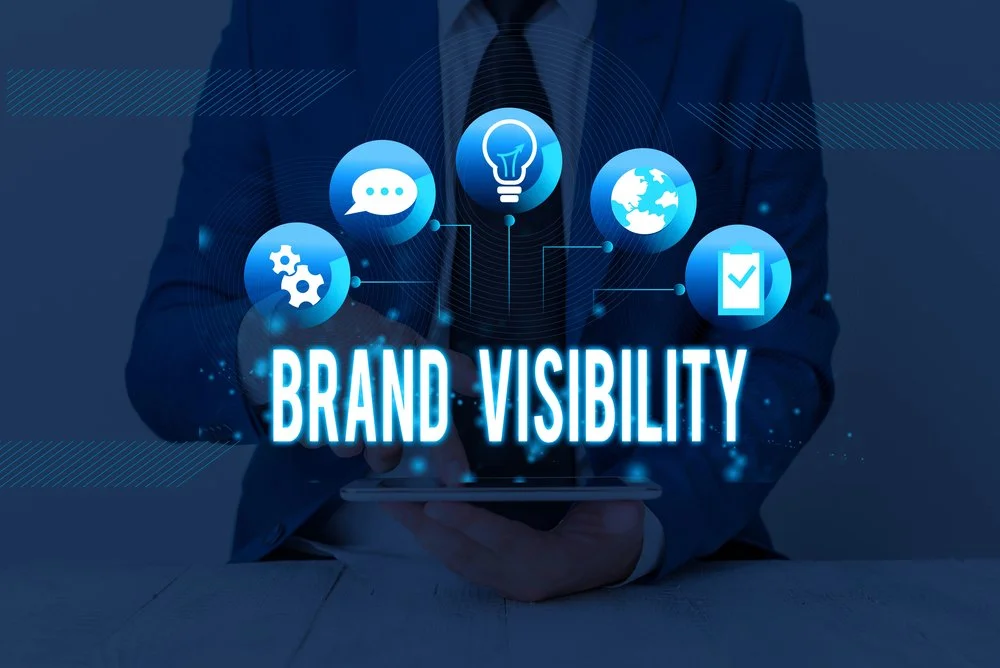How Your Nonprofit Organization Can Protect Donor and Client Data
Technology and AI-powered tools are seemingly intertwined with nonprofit organizations of all sizes. Even the smallest nonprofits use automation tools, donor databases, and online registration portals - all teeming with personal and confidential information.
It is concerning then that roughly 60% of nonprofits fail to take their staff and volunteers through data protection and storage training. And the consequences are pretty dire. Data security is a vital area to become more familiar with if you're a nonprofit leader and are responsible in part for operations. Another aspect to consider is using specialized tools for AI security, which can significantly enhance your organization's overall data protection strategy. As the use of AI becomes almost normal in day to day operations, each technology layer added increases the security risk, reminding us that robust protocols and training must become the standard, even in the nonprofit world.
If you're responsible for data management, it's never too late to think twice and improve your safeguards. Whether you're a small nonprofit or a large one with the budget to afford privacy experts and risk assessors, there are still things that every organization can do with some intentional effort.
Create and maintain a culture of privacy
A culture of privacy essentially involves knowing what to disclose about people or processes that require absolute confidentiality. Unfortunately, sometimes, nonprofit employees may have difficulty determining what falls into this category.
This difficulty can, in part, be attributed to nonprofits largely depending on 'telling the story' to attract or draw donors to support the cause. When leaders train staff and board members to use the information at their disposal to compel others to join your movement, it's challenging to hold back at seemingly random times suddenly.
Creating a culture of privacy also goes beyond what you can talk about verbally. It includes all activities conducted online and on digital platforms.
Therefore, to create and maintain a culture of privacy, it is critical to educate staff and volunteers on the repercussions of unguarded online activities.
For example, the onslaught of email phishing attempts and data breaches are not reserved for only for-profit corporations. Nonprofits are at similar risk, sometimes even more so, for sophisticated criminal activities targeted not necessarily for money but disruption.
Protect employees' devices
Protecting employee devices the organization owns can be quite challenging, especially when the line between personal and professional work is particularly blurry for nonprofits. Plus, given that most of the work happens remotely, you also need a secure network that employees can access at any time, from anywhere.
In this case, a cloud VPN with zero trust network access (one of the many GoodAccess features) is one of the best solutions you could implement to keep security levels as high as possible.
Team members are often out in the community, working on charity events, implementing services or programs with clients, and spreading awareness of the cause. "At work" often references being in the car, in a newsroom, or banquet hall, meaning devices are rarely able to be kept in a locked drawer or under tight supervision.
Of course, each of these engagements requires the use of technology, accessing donor records on the go via an iPad, communicating the latest event changes in contracts or invoices on a cell phone, or using a laptop amid an on-site client event. Therefore, employees and volunteers must understand the high-risk nature of this organizational data, especially when accessed on personal devices.
To avoid becoming a victim of data breaches or nefarious data access, organizations should set up organizational policies with the aim to protect all data your nonprofit uses. Additionally, it's advisable to encourage your team to password protect devices where they access company information.
You can also have your IT team set up two-factor authentication for an added layer of protection and ensure donor or client data security. Furthermore, just as you would ensure personal self-storage for the items you value, it helps to apply the same mindset to your donors' vital information.
Are data standards and security on your nonprofit board agenda? Visit the Nonprofit Template Shop for the templates and tools you need to manage your board.
Conduct an assessment of your nonprofit's risks
If your nonprofit has ever experienced a data breach or a hacking episode, it is crucial to reassess the organization's cybersecurity risks. It is also vital to change all company passwords and codes during the reassessment and evaluation, identifying weak links and areas of vulnerability.
Further Reading on Nonprofit Data Security
Dealing With Sensitive Data As A Modern Business
Until next time,
Andrea
You might like these related articles…





